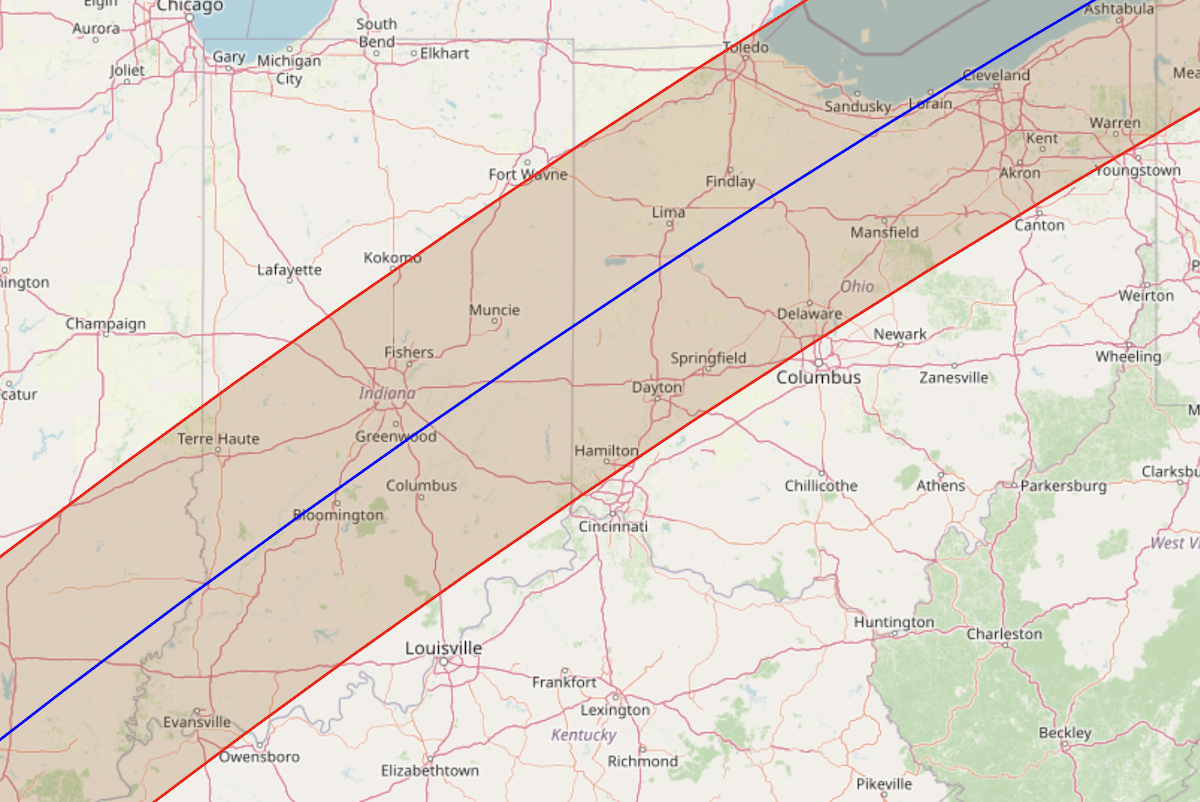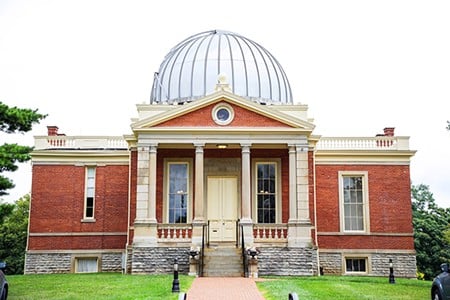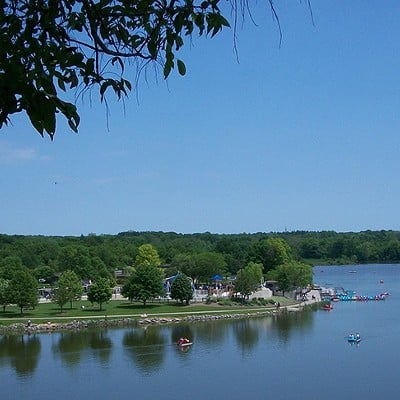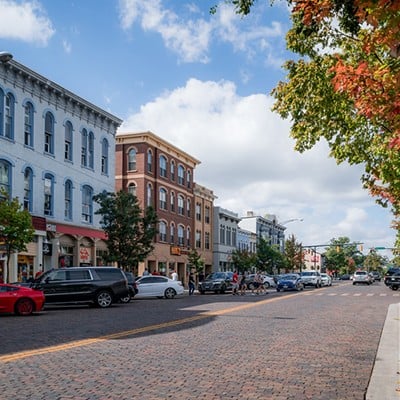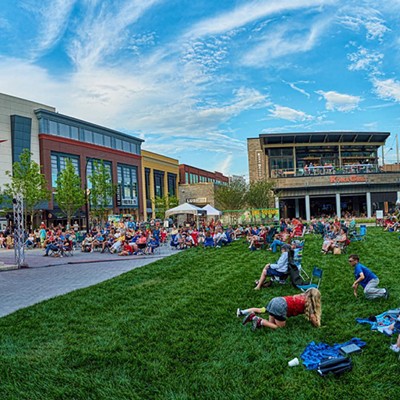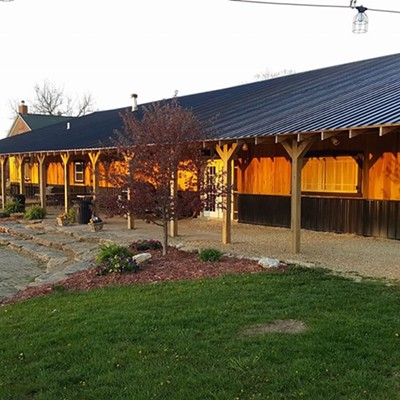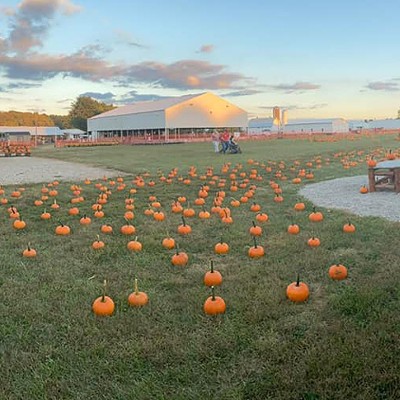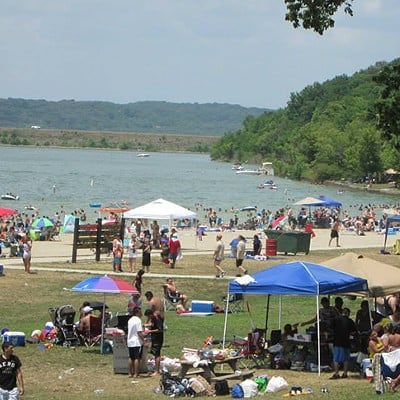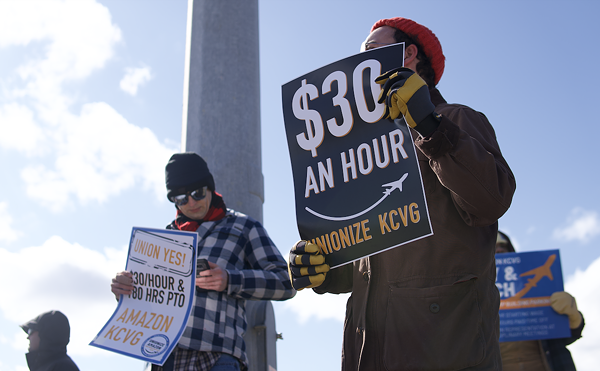We are just one week away from the total solar eclipse, and yes, it’s a rare event for the Buckeye State.
According to the Ohio Department of Natural Resources (ODNR), the last total solar eclipse to pass over Ohio was in 1806, and the next won’t pass over the state until 2099. But on April 8, the 124-mile-wide total eclipse path will cross Ohio from southwest to northeast, covering towns from Dayton to Cleveland in total darkness beginning just after 3 p.m.
Much of the Cincinnati area will experience a stunning near-total eclipse, but locals and far-off visitors will surely flee to enter that sweet path of totality where onlookers can experience the rare natural event. This means logistical details like traffic and the weather forecast are not to be ignored while prepping for your once-in-a-lifetime solar experience.
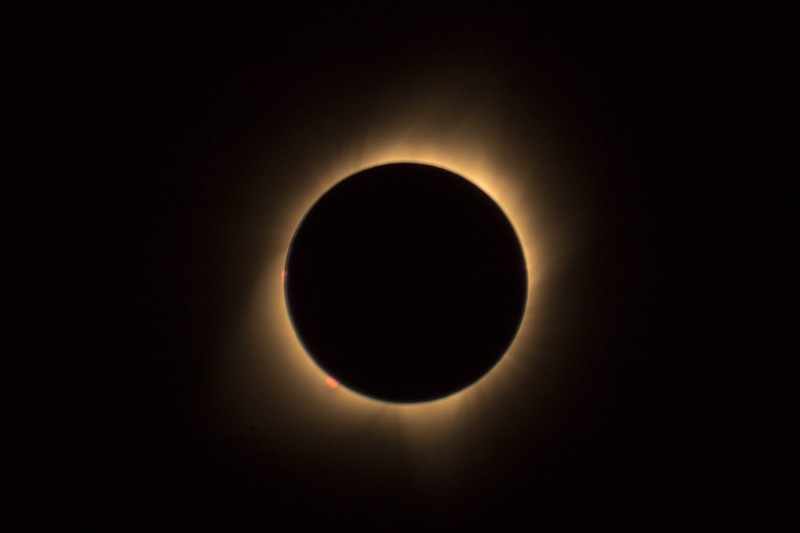
The rush to the center line
Cincinnati is truly on the edge of glory for this eclipse. According to NASA, Cincinnati’s downtown will see 99.7% of max coverage. While there’s really no bad seat in the house during a solar eclipse, how close you are to the path of totality makes a huge difference.
Onlookers can only see the sun’s corona within the path of totality, which is the narrow corridor where the moon will completely obscure the sun. According to NASA, the corona is the outermost part of the sun’s atmosphere which is usually hidden by the bright light of the sun's surface. The corona can only be seen by the naked eye in full brilliance if the viewer is in the path of totality during the eclipse, and only during the moments of 100% moon cover. Barring bad weather, onlookers in the path of totality will experience the breathtaking view of the glowing white corona for up to four minutes, depending on their location.
"Simply put, a total eclipse of the sun is the most beautiful sight you will ever see in the sky," writes greatamericaneclipse.com. "Nothing can prepare you for the amazing sight when the sky suddenly darkens and the sun’s corona shines in the sky. No photograph can capture the stunning beauty of a total solar eclipse, you must see it for yourself."

Photo: Drew Rae, Pexels
Eclipse enthusiasts say "no photograph can capture the stunning beauty of a total solar eclipse, you must see it for yourself."
Those who want to be in the path of totality have the shortest drive to total darkness when visiting Harrison, Ohio, just 25 minutes from Cincinnati's downtown. The full eclipse will last around one minute and 40 seconds in Harrison. (Technically, Blue Jay, Ohio is the closest Cincinnati will get to the total eclipse, but you'll sacrifice a minute of total darkness, which you could get by driving just eight minutes up the road to Harrison).
If you want the longest possible time with the total eclipse, you’ll need to get to the centerline of the overall path of totality. Those in the Cincinnati area can get to the center line quickest by traveling just north of Shelbyville, Indiana on I-74, about an hour and a half from Cincinnati's downtown, but officials are warning the drive will certainly take much longer on April 8.
Traffic will be no joke
Past eclipses have given us enough highway traffic data to know that things could get jammed fast, and state officials are warning people to prepare.
Last week, Indiana Gov. Eric Holcomb signed an executive order "to support the anticipated needs of Indiana’s emergency response, transportation, communication and critical infrastructure systems due to the expected high-number of visitors traveling to the state to view the total solar eclipse,” according to a press release. In Ohio, officials are preparing to accommodate anywhere from 150,000 to 625,000 visitors statewide, with some Cleveland-area counties urging residents to stay home to reduce gridlock.
The Ohio Department of Transportation created an interactive online map showing which highway corridors may see the most congestion on April 8. ODOT mapped out potential traffic scenarios based on the volume of visitors to Ohio: 150,000, 350,000, 575,000 and 625,000. In a time lapse of the hours before and after the eclipse, ODOT shows heavy backup on I-75, which reaches the path of totality just before Monroe. But the predictions show the most congestion lasting the longest in the hours after the eclipse ends. According to the ODOT simulator, in the event that even just 150,000 people visit the state to see the eclipse, stretches of I-75 between Cincinnati and Dayton could experience total standstills between 4 p.m. and 9 p.m.
The Ohio Emergency Management Agency (EMA) is asking those who are traveling to be prepared to be on the highway for a long time.
“PACK YOUR PATIENCE AND FILL YOUR TANK!” says the agency online. The EMA is cautioning drivers to fill up on gas and pack extra supplies, including:
- Medication
- Batteries
- Blankets
- Change of clothing
- Chargers
- Food
- Water
- Sunscreen
- Mosquito repellant
- Rain gear
Recent history shows these warnings are anything but hysterics. During the 2017 total solar eclipse, an estimated 20 million people in the U.S. traveled away from their homes to another city to enter the path of totality. This resulted in 12-hour traffic jams in some areas and a 31% increase in fatal traffic crashes.
Cloudy with a chance of disappointment
While the cosmos may be aligned next week, our weather forecast has the potential to be a buzzkill on April 8.
The National Weather Service office in Wilmington, Ohio has assembled 10 years of cloud data in the Cincinnati, southern Ohio region, showing the Tri-State can likely expect 60-70% cloud coverage on April 8.
The Weather Channel is calling for early showers that day, with partly cloudy skies in the afternoon.
The temperature is projected to be nice overall, with a high of 64 degrees.
Safety first, vibes second
And don't forget, just because you're in the path of totality doesn't mean your eyes are totally safe.
According to the American Astronomical Society (AAS), during those precious moments of total eclipse, "it is perfectly safe to look directly at the sun, even through binoculars or a telescope. But whenever any part of the photosphere is uncovered, it is essential to view the sun through a safe solar filter, that is, one that meets the transmission requirements of the ISO 12312-2 international standard."
Such filters are widely available and cheap, and it pays to be careful.
"Looking at the uneclipsed or partially eclipsed sun through dark sunglasses or any other unapproved filter is a recipe for serious and potentially permanent eye injury," AAS writes.
So, where should I go?
Greater Cincinnati is taking advantage of its place in the sun with plenty of eclipse viewing events, parties and activities happening around town on Monday, April 8 and the weekend leading up to it. Whether you just want to sit in peace and watch the eclipse, bike along some scenic trails while the moon and sun do their thing or craft the wildest tinfoil hat imaginable, there's a space for everyone to have the eclipse day of their dreams.
Scroll through CityBeat's list of favorite spots to watch the 2024 eclipse:
Scroll through CityBeat's list of favorite spots to watch the 2024 eclipse:

